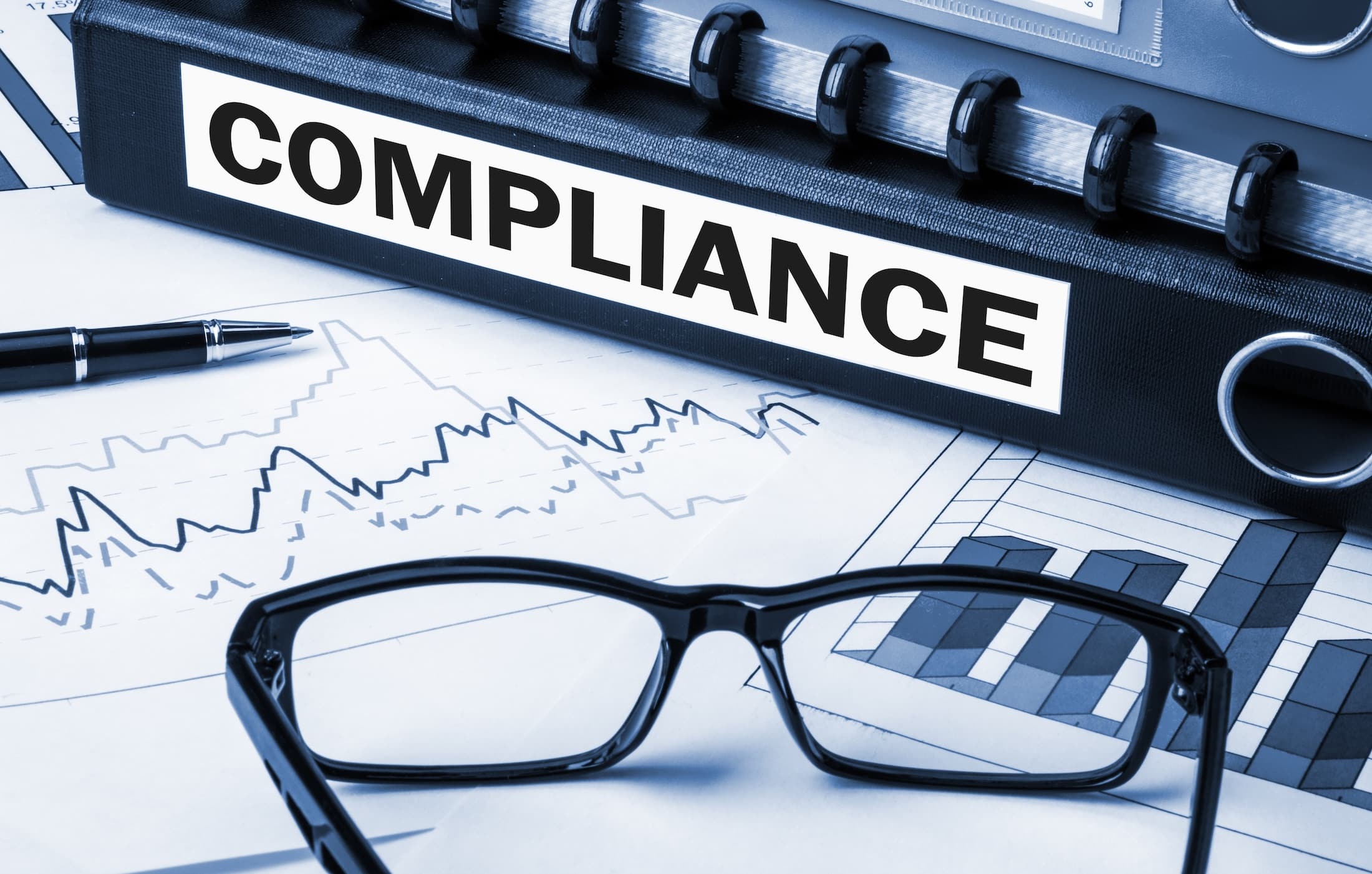The year 2011 marked the beginning of a demographic trend that will have drastic implications for the American workforce over the next several years: the eldest members of the Baby Boom generation began reaching age 65. According to the Pew Research Center, a staggering 10,000 Boomers will reach that age traditionally associated with retirement every day until 2029. For businesses, the departure of Boomers from the workforce represents a worrisome loss of employees with valuable skills developed over years in the workforce, strong institutional knowledge, and leadership abilities that may be lacking in younger workers. Clearly, employers must act swiftly to minimize the impact of this ongoing exodus.
How can businesses brace themselves for the Baby Boomer retirement wave?
Here are a few strategies:
1. Sharpen succession planning.
Succession planning refers to the process of identifying and training employees to assume leadership positions. Performing this process effectively is crucial for organizations facing imminent large-scale departures of high-level employees. Organizations can increase the efficacy of succession planning by adopting certain measures. For example, using objective methods of evaluating potential may produce better results than simply relying on managers’ subjective assessments. In addition to focusing on an employee’s current performance, employers may assess factors such as the employee’s desire to take on a more senior position, commitment to the organization, and leadership or management abilities. Employers may also consider requiring formal commitments in exchange for promotion opportunities to discourage high-potential employees from pursuing offers outside the organization. Succession planning will be most effective if conducted well in advance of the high-level employees retiring and with a focus on several potential replacements for each position to be filled.
2. Facilitate the transfer of knowledge between employees.
Once high-potential employees have been identified to assume the roles of soon-to-be-retirees, organizations should establish mentorship programs to enable potential replacements to gain first-hand knowledge of the skills required to perform the positions. The potential replacements may benefit from shadowing the leaders and if possible, playing a role in decision-making and problem-solving processes.
3. Incentivize older employees to postpone retirement.
Consider bolstering benefits that may be particularly appealing to older employees, such as better healthcare plans, more flexible work schedules, and the ability to work from home sometimes. It is also crucial for employers to safeguard against age discrimination in the workplace. Steps that employers can take to eliminate perceptions of ageism include encouraging interaction between older and younger employees and increasing older employees’ responsibilities to ensure that they feel engaged.
4. Implement creative arrangements to allow retired employees to remain involved with the organization, such as permitting them to work as consultants, temporary or part-time employees.
The Baby Boomer retirement trend is still in its early years. By acting promptly to retain the advanced knowledge and skills of older employees while cultivating potential successors, organizations can smoothly adjust to the shifting demographic structure.
Need help with your employee hiring, retention, and human capital management? Let CBR eliminate the most exasperating as you focus on your true passion – capitalizing on opportunities that generate more money for you. Call us toll-free at 888-700-8512 or contact us online.
(Source: https://www.pewresearch.org/daily-number/baby-boomers-retire, https://www.talentmgt-digital.com/read-tm/october_2014/?pg=34&elq=45210a318b1546c8ad50873567a5979f&elqCampaignId=3293#pg35, https://www.shrm.org/communities/volunteerresources/pages/succplg.aspx, https://www.shrm.org/about/foundation/pages/researchthatmatters.aspx, https://www.shrm.org/hrdisciplines/staffingmanagement/articles/pages/workforceretirementandskillgaps.aspx).





























